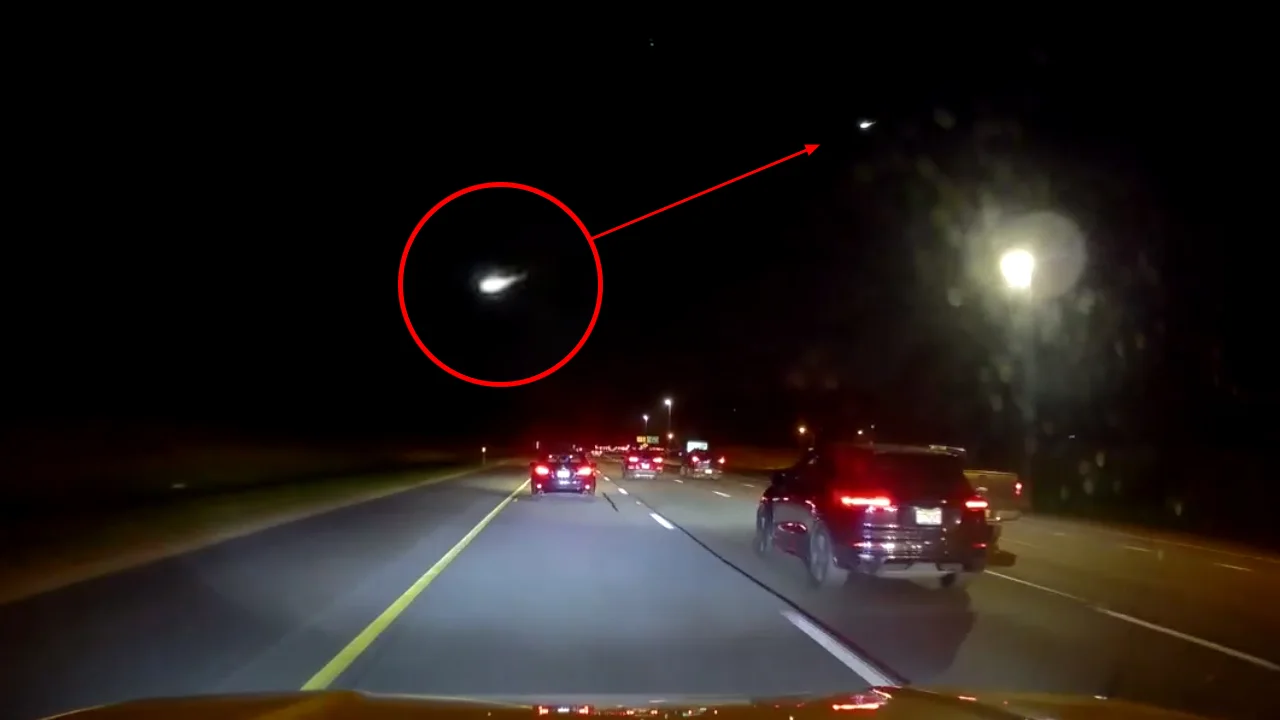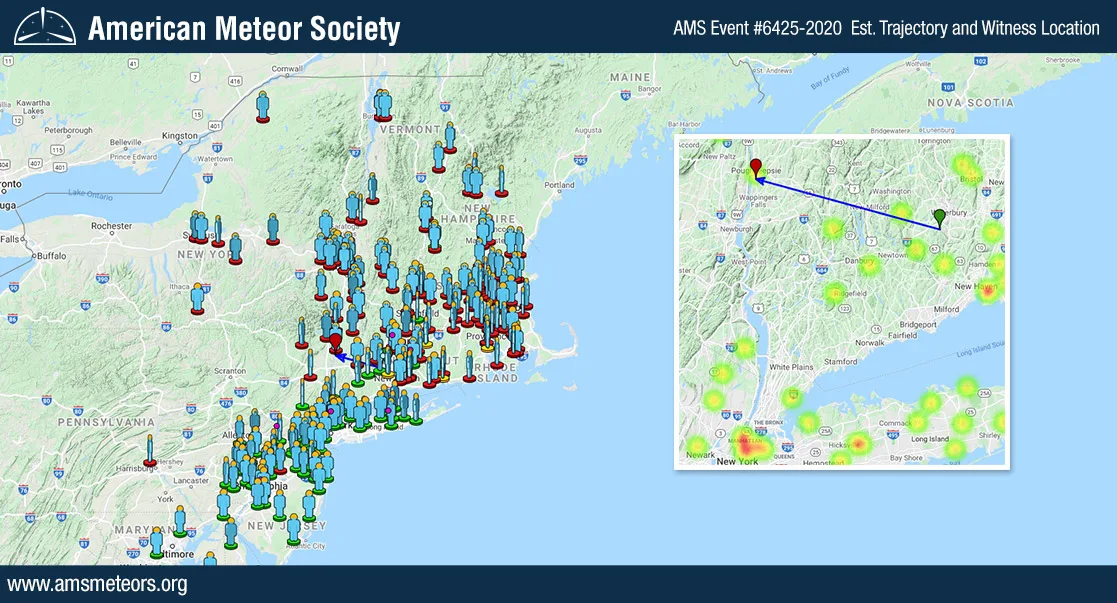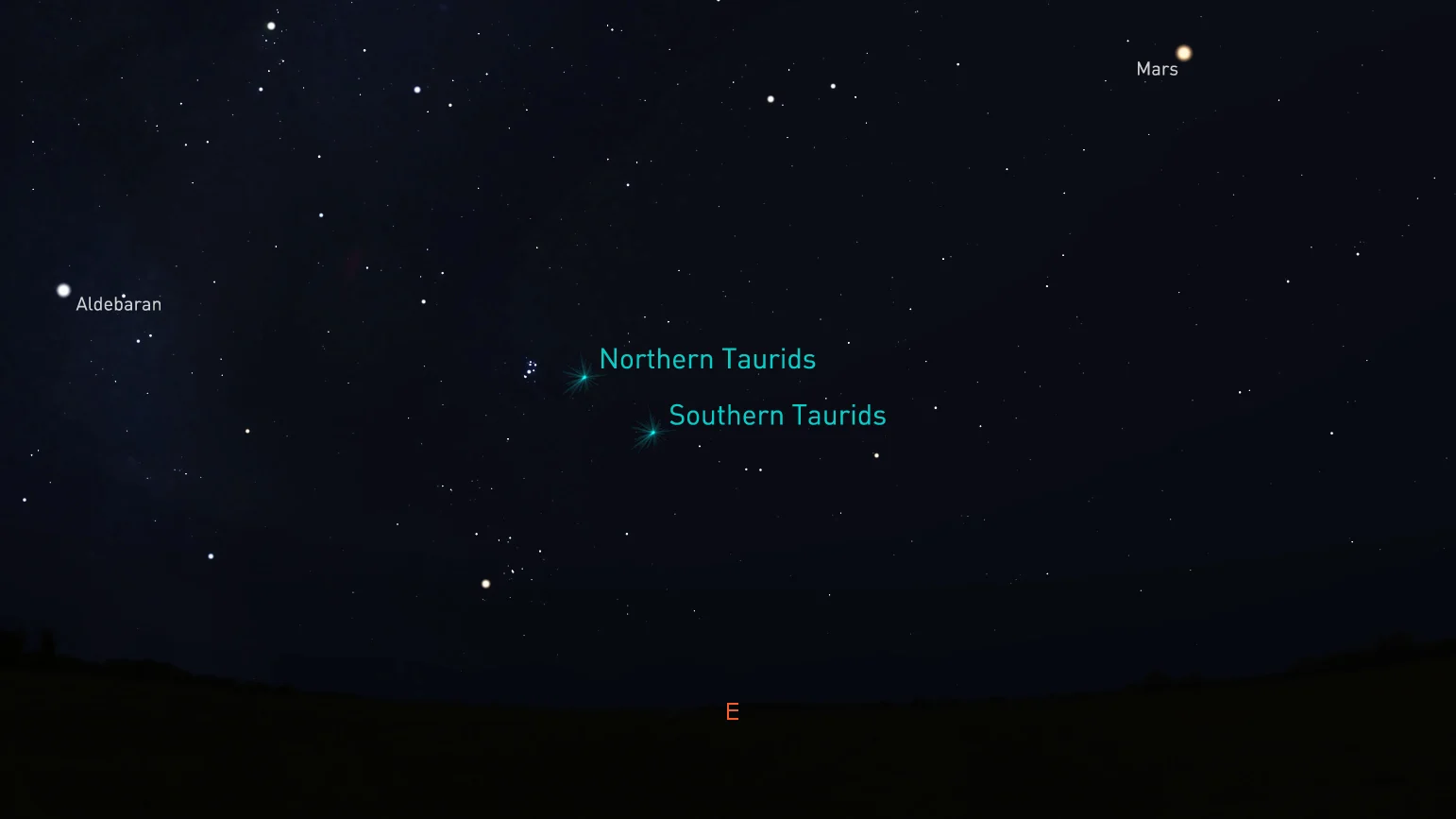
Hundreds witness bright fireball blazing across the US Northeast Sunday night
Over 300 witnesses reported this amazing sight! Did you spot it?
Bright meteors flash through our skies on a fairly regular basis. However, only a few are as widely seen as the one that blazed over Connecticut and New York State on Sunday night.
At roughly 7:20 p.m. ET, on November 8, 2020, a tiny space rock plunged into Earth's atmosphere. As it passed high above the heads of witnesses, the meteoroid compressed the air in its path to the point of incandescence. In the process, it lit up the night sky between Waterbury, Connecticut and Poughkeepsie, New York, as a bright meteor fireball.

The fireball report map from the American Meteor Society for event #6425-2020. While the witness report locations are shown on the larger map, the inset shows the meteoroid's estimated path. Credit: AMS
As of Monday afternoon, 318 reports had been made to the American Meteor Society's website. Witnesses from as far away as Lincoln, ON, the Montreal area, and Charleston, WV spotted the fireball. Given the clear skies and the region's population, it may have been seen by hundreds more, if not thousands.
According to AMS lead developer Vincent Perlerin, while they are still investigating, reports filed so far have revealed that the meteor appears to have followed a fairly shallow angle as it was passing through the upper atmosphere.

The meteoroid trajectory, taken from eyewitness reports. Credit: AMS
WHERE DID IT COME FROM?
Tracing the origin of a fireball meteor isn't easy, but we can look to one potential source for this event.
Based on its east-to-west path and the meteor's timing, the meteoroid that caused it may have been a piece of a comet named 2P/Encke. Comet Encke passes around the Sun once every 3 years and 4 months. It is considered the likely source for the Fall season's twin Taurid meteor showers.

The location of the Taurid meteor shower radiants, just above the horizon, at 7:20 p.m. ET, November 8, 2020. Credit: Stellarium/Scott Sutherland
Neither Taurid shower is considered to be very strong. Each only produces about 5 meteors per hour, on average, even during their peak. Still, both are known for producing bright fireballs, and the peak of the Northern Taurids is coming up on the night of November 11.
Did you see this fireball, or any other one recently? Report what you witnessed to the American Meteor Society.
Thumbnail image screencaptured from video posted by Joe Dawson, who caught the fireball on dashcam as he was driving along the Garden State Parkway in New Jersey
